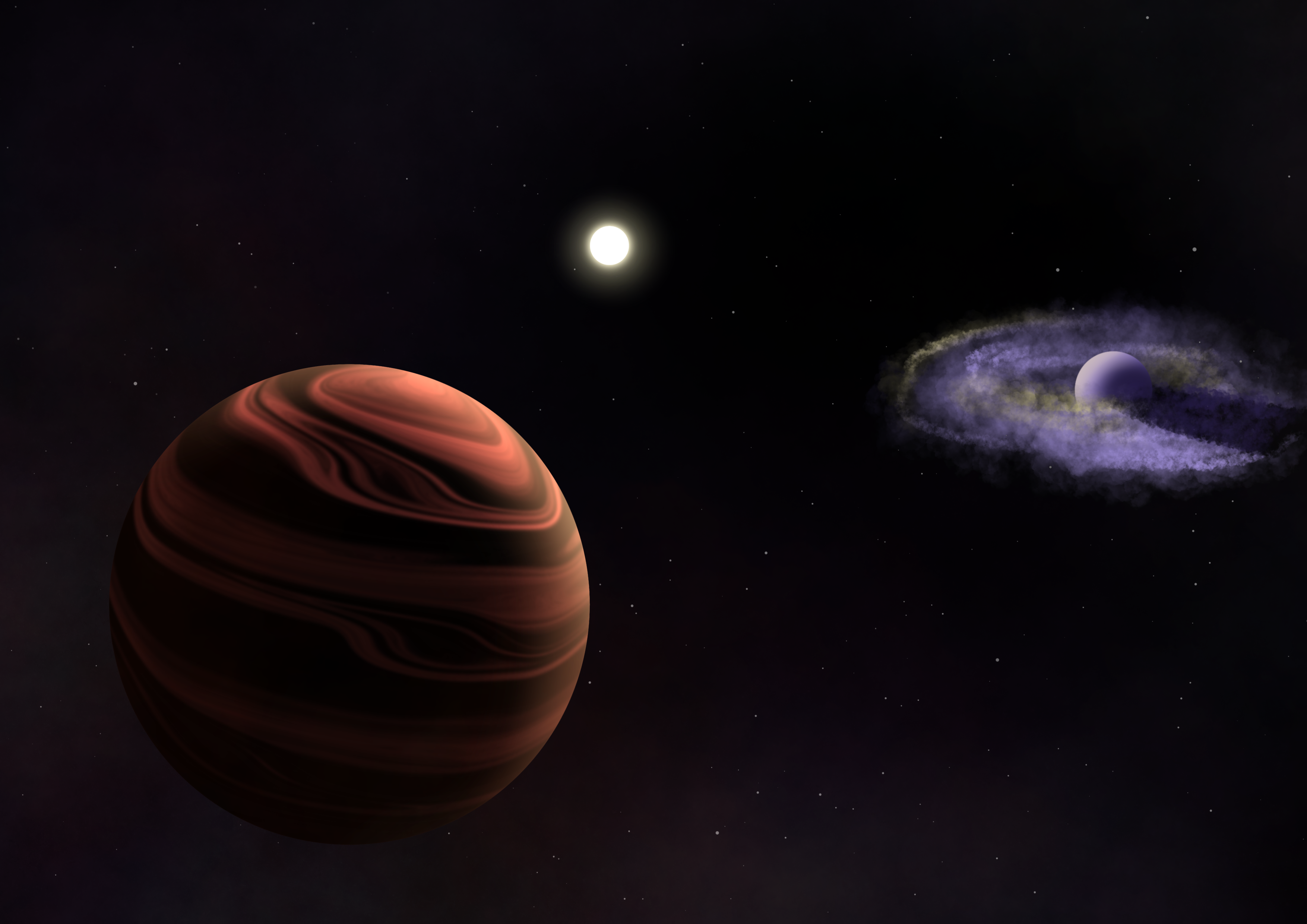Media release
From:
JWST detects cloudy and newly forming exoplanets
Direct imaging of two exoplanets around the young Sun-like star YSES-1 reveals that one has an atmosphere filled with dusty clouds and the other is surrounded by a disk (indicative of a newly forming planet). These detailed observations, reported in Nature this week, were made by the JWST.
The YSES-1 system is made up of a young Sun-like star and two gas giants: YSES-1 b is closest to the star and YSES-1 c is the smaller outer planet. YSES-1 b and c are redder than other exoplanets (or brown dwarfs), suggesting that they may have distinct atmospheric properties. The system was observed with several telescopes before JWST; however, detailed observations of this system were not possible prior to the JWST programme.
New JWST images of the YSES-1 system are presented by Kielan Hoch and colleagues. These include the first direct observations of silicate clouds in the atmosphere of the exoplanet YSES-1 c, confirming previous theories about the composition of its atmosphere. The authors constrain the cloud composition, particle size and location in the atmosphere, reporting that the silicate clouds are likely to also contain iron, which may rain back down onto the planet. They estimate that the cloud particles are 0.1 μm or smaller. The authors also report the first observation of a silicate disk around YSES-1 b, a rare observation for substellar companion exoplanets. This observation indicates that YSES-1 b may be a relatively newly formed planet.
The findings offer new insights into early phases of exoplanet formation and atmosphere evolution



 International
International


